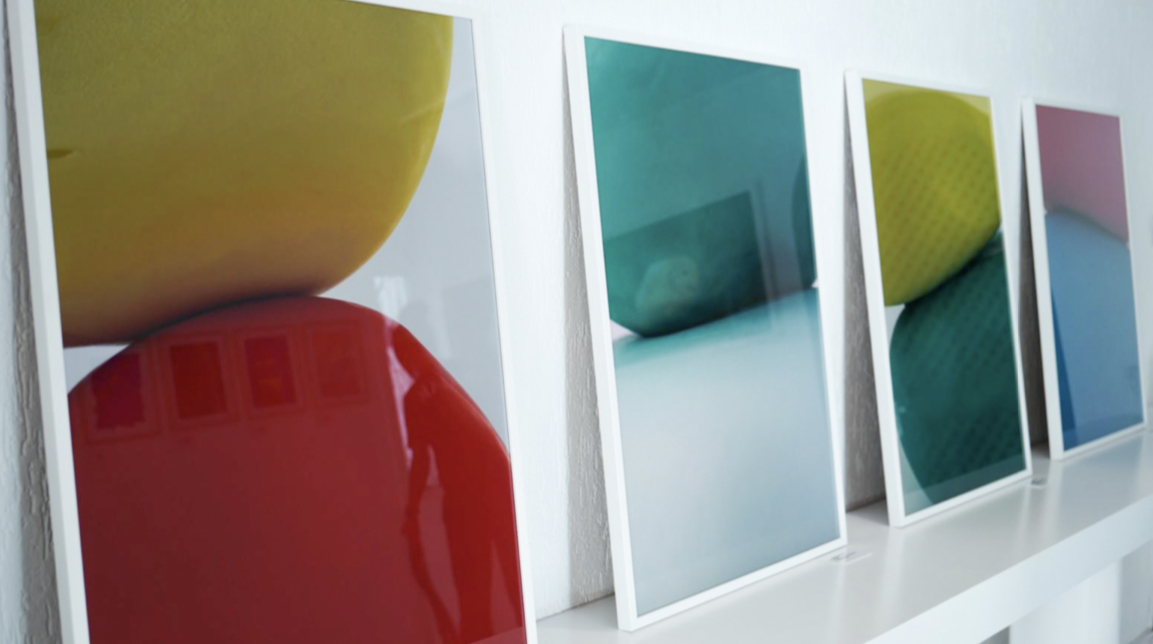AFRAA AL SUWAIDI, SARA AL AHLI, AND ZIAD AL NAJAR EXHIBIT ARTWORKS CURATED BY FATIMA AL KURDI & IRIS ART AGENCY AT VILLA AUMÉDAN DUBAI.
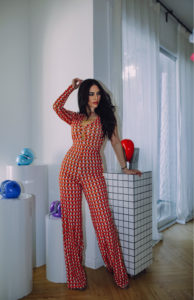
Versus Collective Consciousness examines the relationship between the creator and the spectator, showing works distant from senses of collective behaviors, cognitive or intellectual bias. It narrates how artists choose to be disconnected from the relationship of “self” and “the surroundings,” showing the artist’s true aspirations and individual perception away from the group-think.
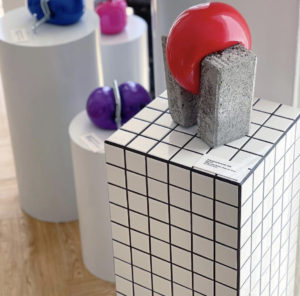
The works presented in this exhibition mark how artists worked against the herd behavior and the mass mind and accepted the alienation perceived by many. Like many aspects of life, art can examine many levels of collective consciousness from different lenses within different territories. Beliefs, values, and cultural norms taught in societies affect how we perceive art.

The seven-day exhibition connects a range of creatives who are constantly challenging the ordinary and share a fascination of art. The exhibition will also include a live art performance by artist Asareh Ebrahimpour.
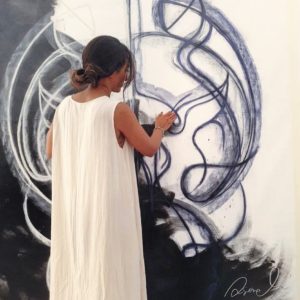
AFRAA AL SUWAIDI
Afraa Al Suwaidi is an Emirati visual artist whose practice is anchored in sculpture. Afra works primarily in plaster, exploring lengthy and thorough processes of conceptual threads. Whether figurative or abstract, her creation often prompts sentiments of solitariness. Working with fluid mediums allows her to scrutinize the anatomy of time by observing objects take form and shape through the process of hardening. She is captivated by plaster’s nature, which exemplifies the dialogue of adding and subtracting and giving and taking. Essentially, her study questions the human condition in its actions and reactions. Al Suwaidi questions the human condition in its actions and reactions. Through her childlike practice, candies, and colors, Afraa invites us to look back at our childhood, sense the time that has passed, and explore the memories that we often forget or pretend to have forgotten.
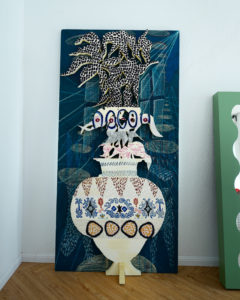

SARA AL AHLI
Sara Al Ahli is an Emirati artist and fashion designer living and working in Dubai, United Arab Emirates.
Having led personal projects in fashion, Ahli has transitioned to sculpture as a new branch of her practice.
Her sculptural work explores themes of discomfort and pressure while embodying a sense of play. Ahli stages situations of tension, testing the limitations of the materials in reference to the human body. Ahli uses the human body and its experiences as the primary source of inspiration. Through her sculptures, she questions the amount of pressure one can take and how far it affects the physical and emotional memory.
Ahli’s work is an example of how humans hold memories and endure unpleasant experiences coming from their surroundings.
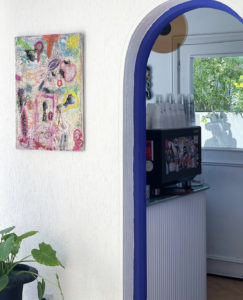
ZIAD AL NAJJAR
Ziad Al Najjar is an artist from Dubai, United Arab Emirates. Coming from a diverse background, he looks at aspects of his parents’ and grandparents’ backgrounds as an exploration into better understanding identity and culture through a modern lens. His current work looks into the historical and contemporary applications of marks and motifs in art, architecture, religious imagery, textile, and design, thus creating transcultural relationships. Through nuanced colors studies, patterning, and materiality, he constructs layers of ambivalence within the artworks visually and representationally. Al Najjar’s works analyze space and abstraction. He builds layered patterns inspired by his surroundings, often found in nature or created by man.
By examining and experimenting with historical and contemporary applications of marks and motifs in textile and design, he invites the spectator to exaggerate the way of seeing by focusing on the artwork’s motion, composition, and optical perception.

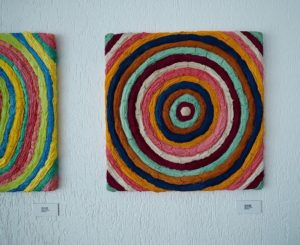
ASAREH EBRAHIMPOUR
Asareh’s practice is based on pure improvisation and trusting senses; neglecting guidelines or rules makes her work entirely experimental. Ebrahimpour’s performance challenges the conventions of traditional forms of visual art. The primary tool in this process is her body which she believes is her proper guide.
When going through a traumatic experience, humans tend to overlook the physical body. Asareh questions the way our bodies handle memories which are often dealt with avoidance; in a conscious or unconscious effort to suppress the trauma memory, one tends to harm rather than heal.
Ebrahimpour’s performance is seen as a ritual, a calling for healing, and a way of remembering one’s true self; she deep dives back to the body to cure physically, mentally, and spiritually. A journey where she mourns with the old body liberates the soul, breaks the chain, and finally accepts the new one.


